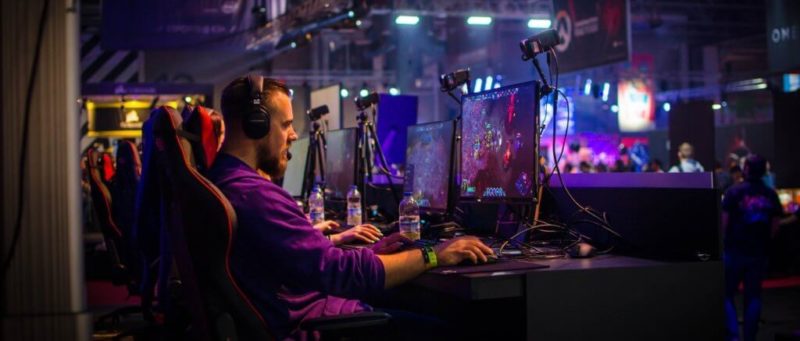If you are developing games for a single market with English speaking gamers, it is normal to keep your games in your primary market. However, if you want to touch local audiences in a specific country, a gaming localization strategy with cultural approach is vital because games are a cultural experience for the people who play them.
Translation is not enough.
One of the top mistakes that expanding developers make is to think that literally translating a game is enough to move into another market. “Transcreation” is a better word (it means “connotative translating”), but even this is not enough.
Gamers around the world are looking for the most entertaining experience they can find. This comes from a quality called immersion, or the ability of the gamer to suspend belief. For a game to maximize its immersion, it can’t have translations that require the gamer to think about the meaning of what is being broadcast. If this happens even in the slightest, the developer risks a less entertaining experience. This will eventually turn into lower sales, low virality and less market share outside of the primary market.

(Image courtesy of Pexels)
Understanding culture is the answer.
The same game in two geographic areas will not elicit the same response from gamers in either of those spaces. The purpose of localization is to change the game so that each version of it gives the most positive experience possible for all users, regardless of geography.
Gamers look to games that mirror their culture. When the words in games are translated into another language, they oftentimes miss core elements of the connotation behind the words. To take this into account is called transcreation. Much of the dialogue in action games, for instance, involves slang, innuendo and plays on words. This content must be transcreated, not simply translated, in order to maintain any sense of culture.
Localization has led to some of the most famous gaming tropes in history. In 1980, the Japanese game Puck Man became the world icon Pac-Man after Japanese gamemakers adapted the name for Western audiences. The Japanese game originally known as Hitler’s Revival: Top Secret became Top Commando (luckily), and many swastikas visible in the game were changed into other symbols.

People playing League of Legends: Wild Rift (Photo courtesy of RODNAE Productions – Pexels)
Government censorship is a huge factor.
Any gamers who played Final Fantasy Legend II outside of Japan may remember the mission that called for your heroes to stop a gang of banana smugglers. The Final Fantasy series is known for being quite a serious brand – banana smugglers seem quite out of place. However, it remains one of the most popular missions in the entire Final Fantasy series.
A bit of research shows the reason for the bananas – a localization because of possible government intervention. In the original Japanese game, the smugglers were dealing in the much more serious industry of opium. However, Nintendo and the American government at the time were completely against selling the game to children with the mission in place. A quick decision was made, because the studio did not want to lose out on the Western market, and opium was changed to bananas.
Subtitling vs. dubbing – a way to preserve more of the original feel
Different localization methodologies work in different ways. Researchers have found that gamers will respond more positively to a less localized game if the game is subtitled than if it is dubbed.
When a game is subtitled, the original audio still plays in the game prominently. However, international audiences can still follow along with the flow of the game without losing immersion because the text is easily accessible. If a game is dubbed, the original language is not anywhere to be found. Gamers expect the rest of the cultural changes to take place if they hear a transcreated audio. That is not necessarily true with subtitles.
Game designers who do not have the money to completely transcreate or localize a game will sometimes scale down and include subtitles instead of taking on a dub. The result is useful for smaller studios with smaller production budgets. However, blockbuster AAA games will almost always have full tailoring complete with dubbing.
Dubbed games tend to sell more, because the immersion is more complete than in subtitled games.

(Photo courtesy of RODNAE Productions – Pexels)
The cost of games localization is coming down, and the payoff is going up.
AV studios that are made specifically to internationalise games are popping up everywhere. It is much easier to hire a translator than ever before. The blueprint has been set, and new game developers have only to look to past success in order to find an example of great localization.
The payoff for good localization is rising as the global world of gaming gets smaller and demands more opportunities to collaborate. App stores are global, not local, marketplaces. Game studios looking to scare up investment money will find that localization is on the tip of every angel investor’s tongue.
In short, it pays to go global with localization in the modern gaming industry.
If you are looking to the global audience that gaming has attracted, culture is your linchpin to the world. Consider all of the connotations that the language in your game is cultivating. Take the time to adapt your game to the audience that you have in mind. Your investment may be the catalyst that will catapult your product into international success.


